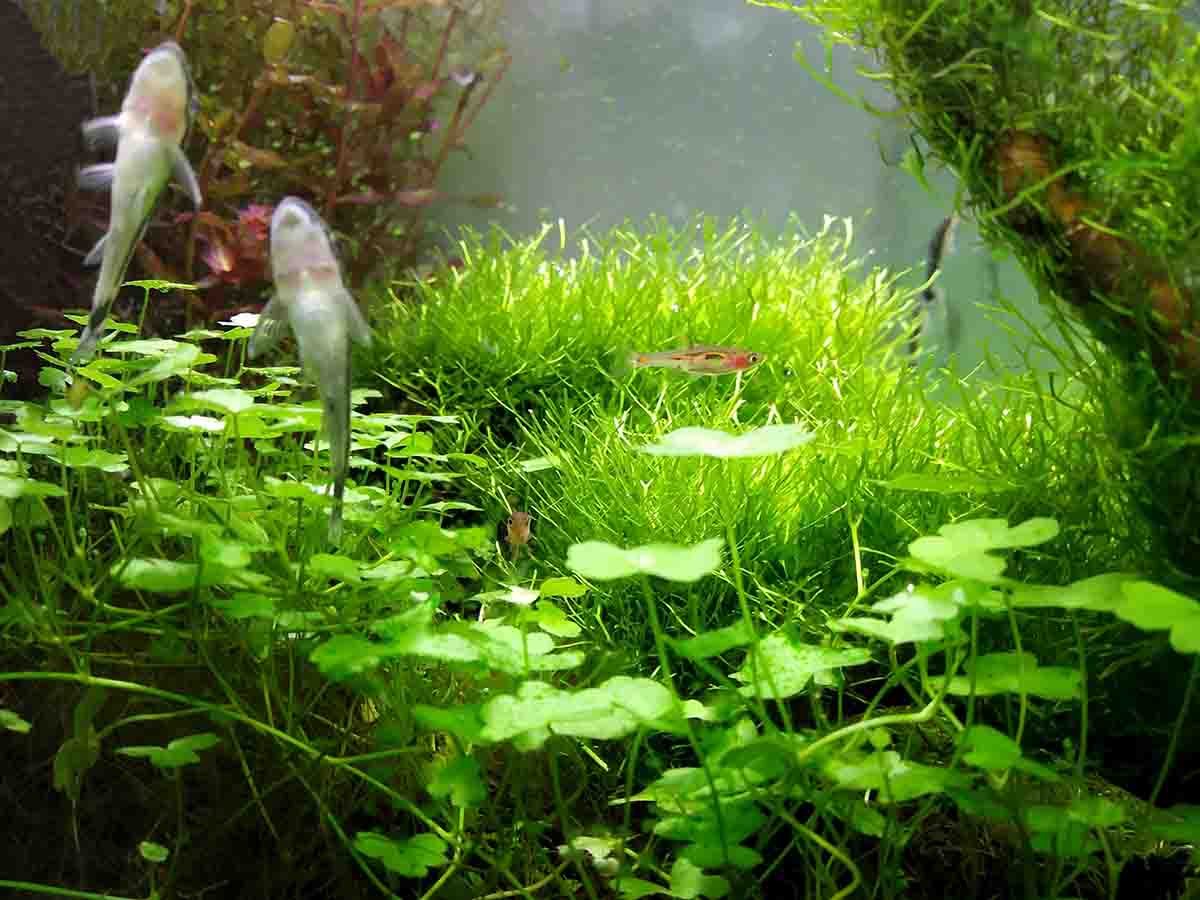
Biophilic design – how nature helps people and business to thrive
Activity-based design, human-centred design, biophilic design.


If you invest in well-being in the workplace, how do you know what return you will get? Julia Ayuso Sanchez, People Lab Director at real estate service provider CBRE, knows. She has developed a tool to measure the characteristics that can improve productivity and well-being in the workplace. The key to success spells biophilia.
Julia Ayuso Sanchez, D.Arch, leads the CBRE Lab, a people-centred innovation space that integrates research processes into real-life use cases. Her research at the Polytechnic University of Madrid and the Keio University of Tokyo focused on the use of greenery, daylight and wood to improve the capabilities of workplaces.
Numerous studies affirm that work environment design increases both productivity and user well-being. But how can we measure that increase?
 “Numerous studies affirm that work environment design increases both productivity and user well-being. But how can we measure that increase?”
“Numerous studies affirm that work environment design increases both productivity and user well-being. But how can we measure that increase?”
This challenge triggered Julia in her doctoral research programme. And she succeeded in delivering an answer. In her thesis she developed a tool that measures the increase in productivity and well-being brought about through architectural design.
“It is based on a scientific method, and on a holistic approach that takes into account the physiological, psychological, emotional and cultural factors that impact on productivity and wellbeing,” Julia says.
The results indicate that biophilic characteristics in the workplace design improve productivity and creativity as well as well-being and health.
“The tool, developed and tested in pilot experiments, opens up a path to increasing productivity in the workplace, in contrast to existing practices,” she states.
No magic recipe exists for a perfect work environment or for the definition of well-being, Julia explains, but she has found that three particular factors are recurrent in excellent work environments:
“Office spaces are ceasing to be places dedicated exclusively to work activity and instead becoming corporate means of consolidating a sense of community and fomenting collaboration.”
“I have quantified increases of 63.34 percent in productivity and 137.50 percent in creativity when users are offered not only an excellent design but also proper training in how to use their workspace.”
 “One complete biophilic design solution is aquascaping, or underwater landscaping. This combines different natural elements such as vegetation, oxygenation, the sound and movement of water, and circadian lighting. Many studies have shown that planted aquariums have an impact on interior ambient conditions, regulating ambient humidity and improving thermal comfort. This in turn leads to higher levels of personal well-being, with quantifiable benefits.”
“One complete biophilic design solution is aquascaping, or underwater landscaping. This combines different natural elements such as vegetation, oxygenation, the sound and movement of water, and circadian lighting. Many studies have shown that planted aquariums have an impact on interior ambient conditions, regulating ambient humidity and improving thermal comfort. This in turn leads to higher levels of personal well-being, with quantifiable benefits.”
“There are numerous studies evaluating the impact of indoor environment characteristics related to electrical and mechanical systems, thermal factors, noise and vibrations, ergonomics and office fit-outs. My thesis is one of the first investigations to evaluate and measure the combination of variables concerning biophilic design proposals. The role of biophilic design in indoor environments – defined as spaces within buildings featuring natural elements – has hitherto received relatively little attention.”
“I don’t think anyone would consider it beneficial at this point to place their employees in rows of isolated boxes. Nor is this a simple discussion concerning private offices versus open plan offices. It is unlikely that a completely open plan environment, with no variety in space typologies and no optimal acoustic solutions, will suit the needs of a contemporary and agile organisation. We all agree that it’s time for change, although CEOs and CFOs ask what return they will get on their investment, which is a fair question. That’s why we need to quantify with a solid scientific basis the productivity increase that occurs in different work environments.”
The tool opens up a path to increasing productivity in the workplace, in contrast to existing practices.
“To illustrate how my methods work, I usually like to introduce some successful examples in Japan, Spain or UK, but I like to introduce one mistake as well. I did a study for a company in Japan, which produces and designs wooden interiors. Their market is mainly residential, but they want to expand into offices. With this objective, we conducted an experiment comparing two spaces: one with plastic material imitating wood, and another with an amazing natural wood.
The result was that not only were the people in the natural wood space less productive, but they had physical symptoms of discomfort. The reason was cultural. The participants in the experiment were 18-year-old Japanese, who were born in Japan and used to prefabricated plastic constructions. The smell of wood bothered them. They feel at home surrounded by plastic. The conclusion is that there is no one-size-fits-all solution: a measurement method is needed.”
Text: Lars Wirtén